
For the last three and a half years, AP photographer Muhammed Muheisen has been photographing Afghan refugees who have found temporary shelter in the slums outside of Islamabad, Pakistan. He has worked particularly with the Pashtun community, one of the poorest and most vulnerable of the refugee population in that region. According to a recent UNHCR report, there are more than 1.6 million registered Afghan refugees currently in Pakistan; with this figure not taking into account the unregistered refugees, of which this community is comprised. In honor of Mother’s Day, LightBox asked Muheisen to return to this community to photograph the women who live there and have them say in their own words what it is to be a mother as a refugee. Below, TIME photo editor Mia Tramz and homepage editor Andrew Katz interviewed Muheisen about what it was like to be the first person to ever photograph the women seen in this essay.
Mia Tramz: In your opinion, what is it to be an Afghan mother as a refugee?
Muhammed Muheisen: Like being a superwoman. Their life is really difficult. No comparison to our life, or even to the lives of poor Pakistanis.
They have three times more to do than a man. The mothers have to walk miles and miles every day to collect water and to collect wood. The wife is the mother and the father because she has to protect the children. It is the mother’s responsibility to keep the family as one body. In one of the photos you see the woman has her daughter wrapped inside her burka (slide 1). They’re so attached. You see the mother and her children all the time. Wherever they go, they go together.
They speak their own language, Pashtun, and you hardly find anyone of them speaking Urdu. I saw hardly two burkas in one house. You see one pan, you see a couple of dishes, you see plastic glasses here and there, I haven’t seen spoons or forks. They mostly eat with their hands. Children wear the shalwar kameez [traditional clothing], but they have a lot of spares. You see most of them with holes in their clothing, old stuff. Much of it was found it in the streets.
Their houses, their makeshift mud houses are very, very tiny. They have these monsoons where it pours rain and their houses are flooded. You wonder how they live. But they live. They’re strong. They have this way of adapting, of surviving. We complain about things, but their complaint is just to live. And eat.
MT: What challenges did you face when you started this assignment?
MM: They know me in this community, and I walk freely inside the slum. But I had never dared to knock on anyone’s door. I needed to find access. To be able to enter their homes and see these women, you need permission from the husband or the brother. It’s a male society. The gate is the men.
So I would explain to the elders, or husband, or brother, exactly what this was for. They don’t know what TIME magazine is, of course, so I had to explain to them that this was a project about mothers. And after I explained this, they would say, “Yes but, we need to ask the woman if she wants to be photographed.”
At first contact the women are so shy – but after, when you talk with them, they feel good that you care. They understood that they will be displayed, that people will read about them, will hear about them. They were curious – some of them at first thought it was for a registration card. It was the first time any of them had ever been photographed; not even for their IDs because they don’t have IDs. Whatever they have they use their fingerprints.
But I was amazed, it was the first time any of them had been photographed. It tells you a lot about what kind of community they are – they have other priorities than having pictures.
MT: Some of these women are showing their full faces to you in the pictures. Is that something that they would have ever done before with a strange man, or outside their home?
MM: No, hell no. I think people sometimes feel comfortable around specific people. Some of them would put their burka down for the photograph. So I would say those ones felt comfortable, they did not feel a threat. Also they know me. They have a nickname for me that I hear a lot of times. I don’t know what it means. But they know me because I’ve spent a lot of time going into the community and I never put my camera up. I also think the time I spent working there helped because some of the men said, “Yeah, you’re a good man.” I said, “But you don’t know me.” And they said, “No. We see you. We see you going and coming here.”
MT: Do these refugees have it worse than others, in your experience?
MM: I think refugees are refugees. There are Afghan people who came across differently – who have money, who have houses, who have belongings. But these people who live in such circumstances are the poorest. Their life is so black and white. This is the only life they can live. Whenever you ask them, “What’s your dream? What’s your plan?” They don’t know what I’m talking about. They only want to be alive, survive. They just want to eat and have a shelter.
MT: What options do these women have for healthcare and childbirth?
MM: Every woman I photographed said, “We deliver at home because we can’t afford a clinic.” The babies are delivered by elderly Afghan women, or by other old women or neighbors, not doctors or midwives. The death rates are high. Many children die, many women die, from poor hygiene and all sorts of issues.
MT: Do these women have any hopes or dreams for their children outside of them having their health and being able to grow up?
MM: A couple of them dream that their children could go to school. In one photograph (slide 5) the caption says, “I want to see my child grow up safe and be educated.” This hope is mostly within the younger generation. In their homes, there’s no electricity. They have no TVs or anything like that. They don’t know what’s happening in the outside world.
MT: Is that the same for the men too?
MM: No, because the men mix with other men – the men walk in the streets, they’ll see a shop with a TV. But even still, they don’t know what it is to come from outside this region. I would tell them, for example, “I come from Jordan.” They don’t know where that is. They are illiterate, they’re very poor men. Back in Afghanistan they were mostly farmers in remote villages. They know what money is, what work is, what being a Pakistani is. Afghan refugees at the moment are not well respected in Pakistan because the government wants to get rid of them. So those people are holding tight onto what they’ve got.
MT: Did you get the sense that there’s a lot of fear in this community?
MM: Yes, especially since they received the notice last month that the Pakistani government wants to destroy the slum that they live in. They have already destroyed one where I did portraits of children in January. Those refugees moved into this slum, which is now also being threatened with being destroyed, so they’re afraid. They don’t know what to do. They don’t want to go to Afghanistan — it’s war. It’s not safe. It is dangerous in Pakistan, but it’s nothing compared to Afghanistan. This is the message the mother delivers to her children, “We should stay here. We’re safe here.”
They are afraid of being thrown out of Pakistan. Every time I approach to take pictures, they ask me, “Don’t you think this picture could harm us? Could it let the government throw us out?” I say, “No this picture could give you a voice, so people can be aware of what you are struggling against and facing.”
MT: If this slum is destroyed, where will they go?
MM: There’s three main slums where Afghan and internally displaced Pakistanis from the tribal areas live. That land of course is government land. So they come, they build their makeshift homes, tents or mud houses, and if it gets destroyed, they carry their very few belongings and go to the next slum.
The government sends Caterpillars and a few police to destroy their houses – they’re small mud houses, which are so fragile. Just a small knock puts it down. In some of the pictures you see the houses are empty. There’s just a carpet on the ground where they sleep with a pillow, a small, tiny kitchen outside where the women can cook, and the heating is a fire they create in a small yard they have. Those houses are just walls.
MT: What measures do you think could realistically improve their lives or their future?
MM: Independent social workers are trying hard at least to build schools, because the solution to everything is education. If you educate them, if you start by educating those children, their future could be different.
There’s something in Pakistan called a madrasa, it’s the Islamic school. It’s a free Islamic education everyday for a couple of hours in the mosques where they learn how to read and write verses of the Koran. This is the only education these children get. There’s also a makeshift school in this slum that I’ve been working in for a long time, but the families don’t support having their children go there because if they are in school, they can’t bring home money.
Also, many of them hope to have, refugees registration cards. To be registered officially as refugees would give them the freedom of movement. Not to have to live in fear day by day. I’ve heard them say, “We live day by day wondering what tomorrow’s going to be like.”
Andrew Katz: Are you pleased with the outcome of your photographs?
MM: I’m pleased to be able to photograph them and let their image and voice go out and maybe influence, change something? Because there are a lot of stereotypes and clichés – me, myself, I had a stereotype of these women. I imagined them because I was always terrified to come close to them. It’s a very, very serious issue in that part of the world. It’s the woman’s honor. You can get killed for that.
There was that red line for me but now, suddenly, I entered, I got to see them, talk to them. Without getting this close to them, I would never have known who they are. I would have never been able to tell if they were old or young, what they dream of, because they are always covered in the burka.
AK: How representative do you think your photos are of what they go through as a refugee mother in these slums?
MM: It is a snapshot. I tried my best in the small details in the pictures to show you what kind of life they have. I was hoping to give you a little bit of clue as to what their lives look like. I could spend years and years trying to show you how difficult their life is, and I could never show it because I’m not the one who’s living it.
So a picture – this is just, I would say, a small window into their lives. Just a small introduction to what it is to be an Afghan refugee mother.
This interview has been edited for length and clarity
Muhammed Muheisen is currently based in Islamabad as The Associated Press chief photographer for Pakistan. He joined the AP in 2001, covering the Israeli-Palestinian conflict and major events in the Middle East, Gaza and Israel. In 2003, he started traveling on international assignments and was part of the team awarded the Pulitzer Prize for Breaking News in 2005 for their work in Iraq and again in 2013 for their coverage of the civil war in Syria. He recently attended the prestigious World Press Photo 2012 Joop Swart Masterclass in Amsterdam.
Mia Tramz is an Associate Photo Editor for TIME.com. Follow her on Twitter @miatramz.
Andrew Katz is a homepage editor and reporter covering international affairs. Follow him on Twitter @katz.

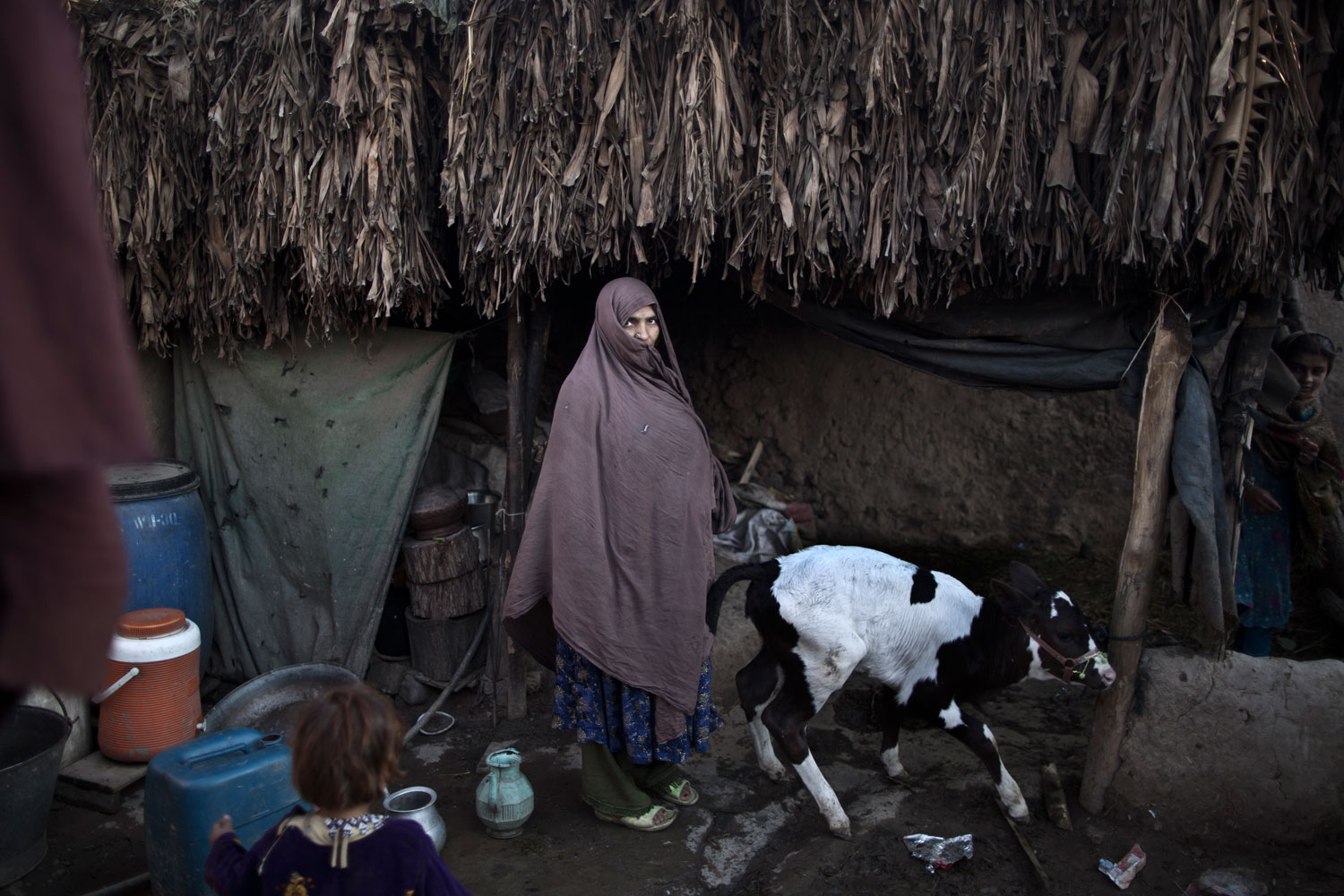
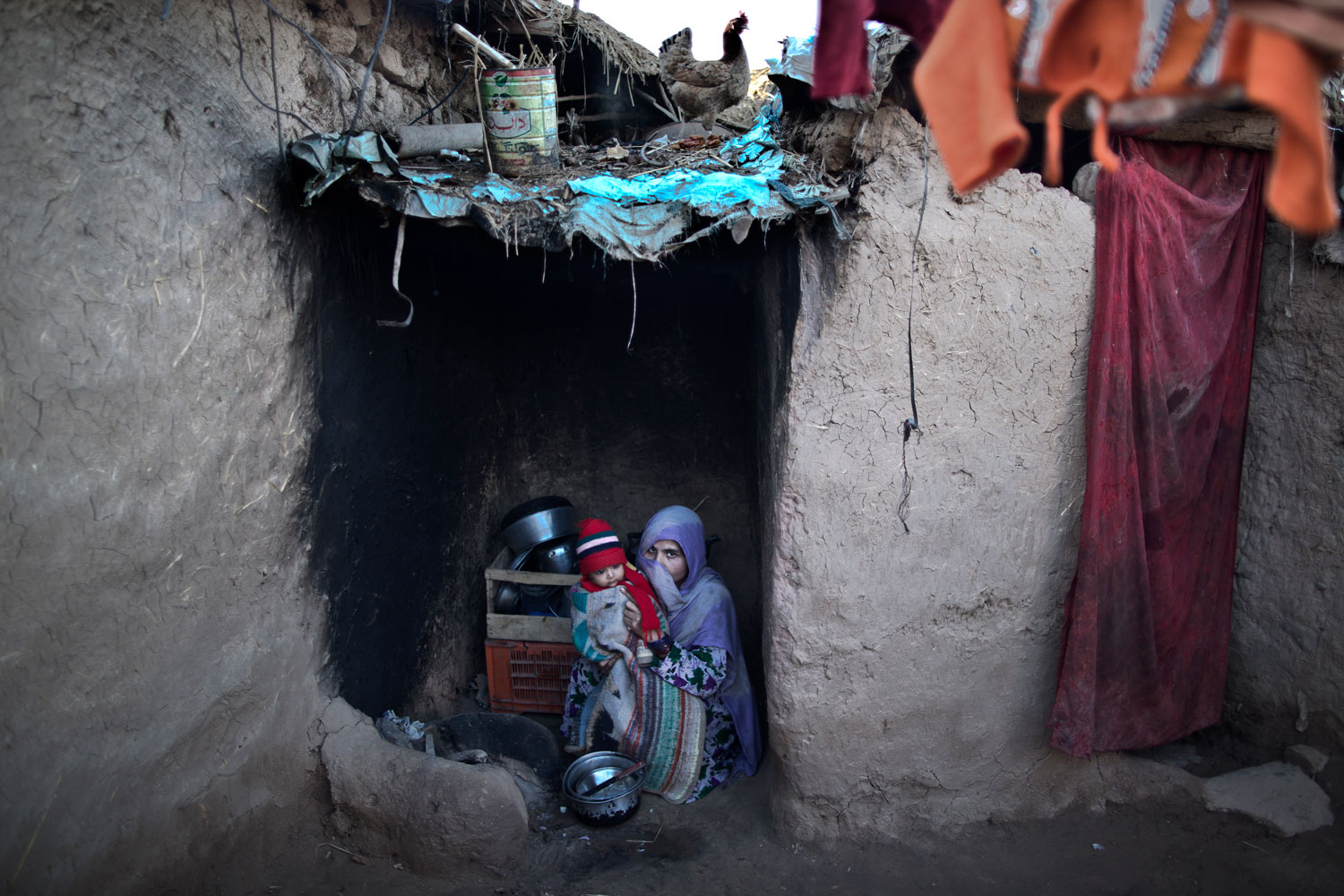
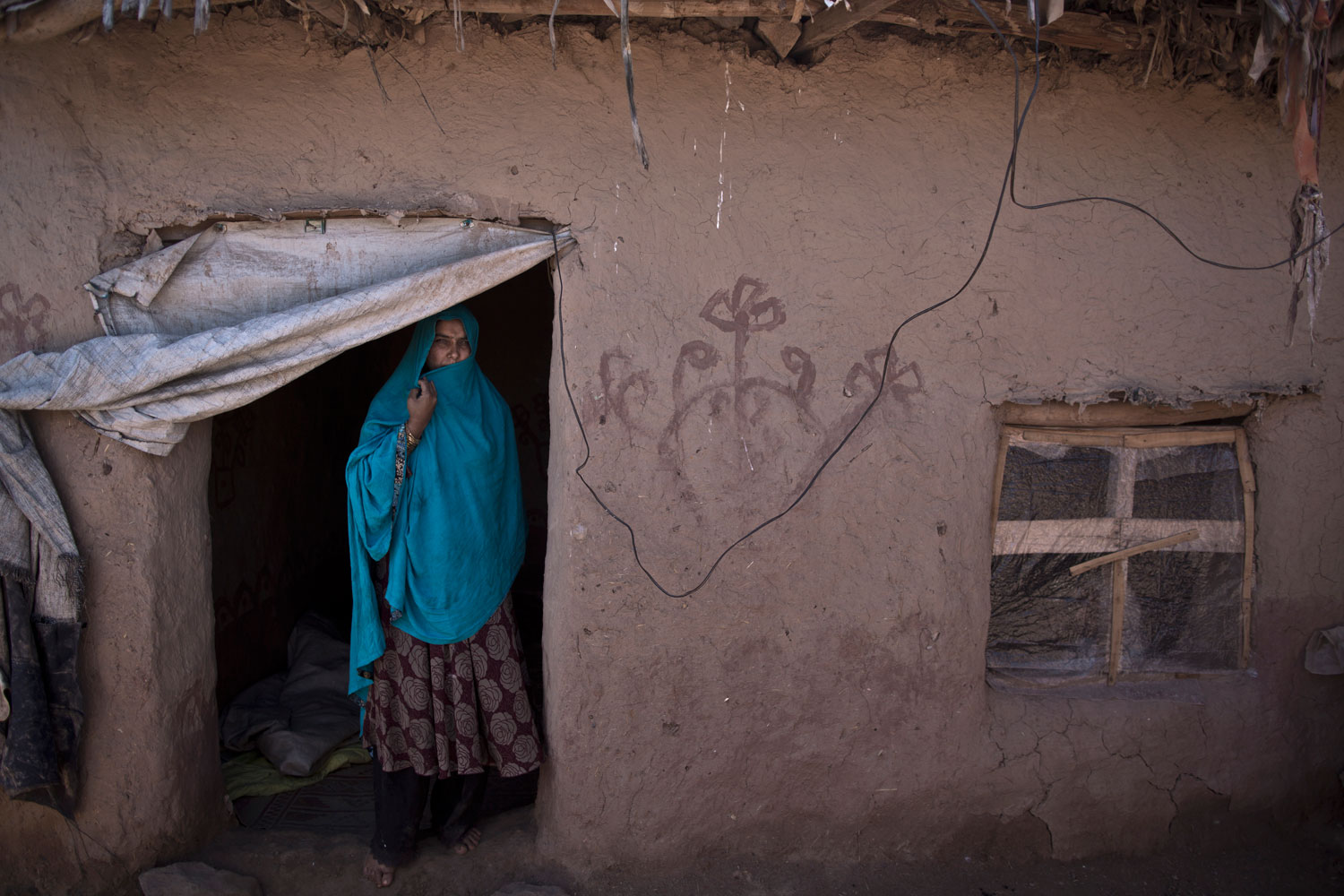
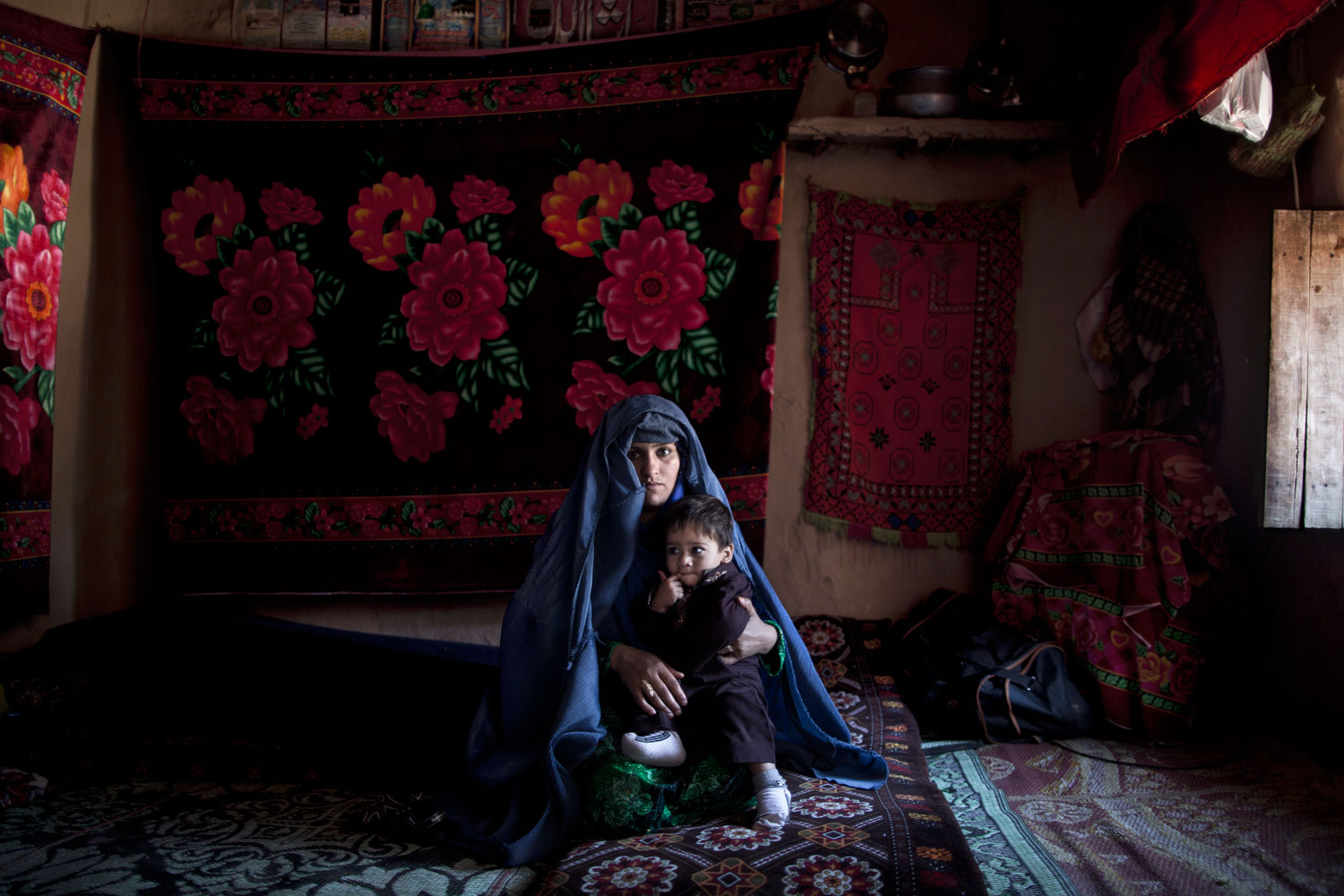
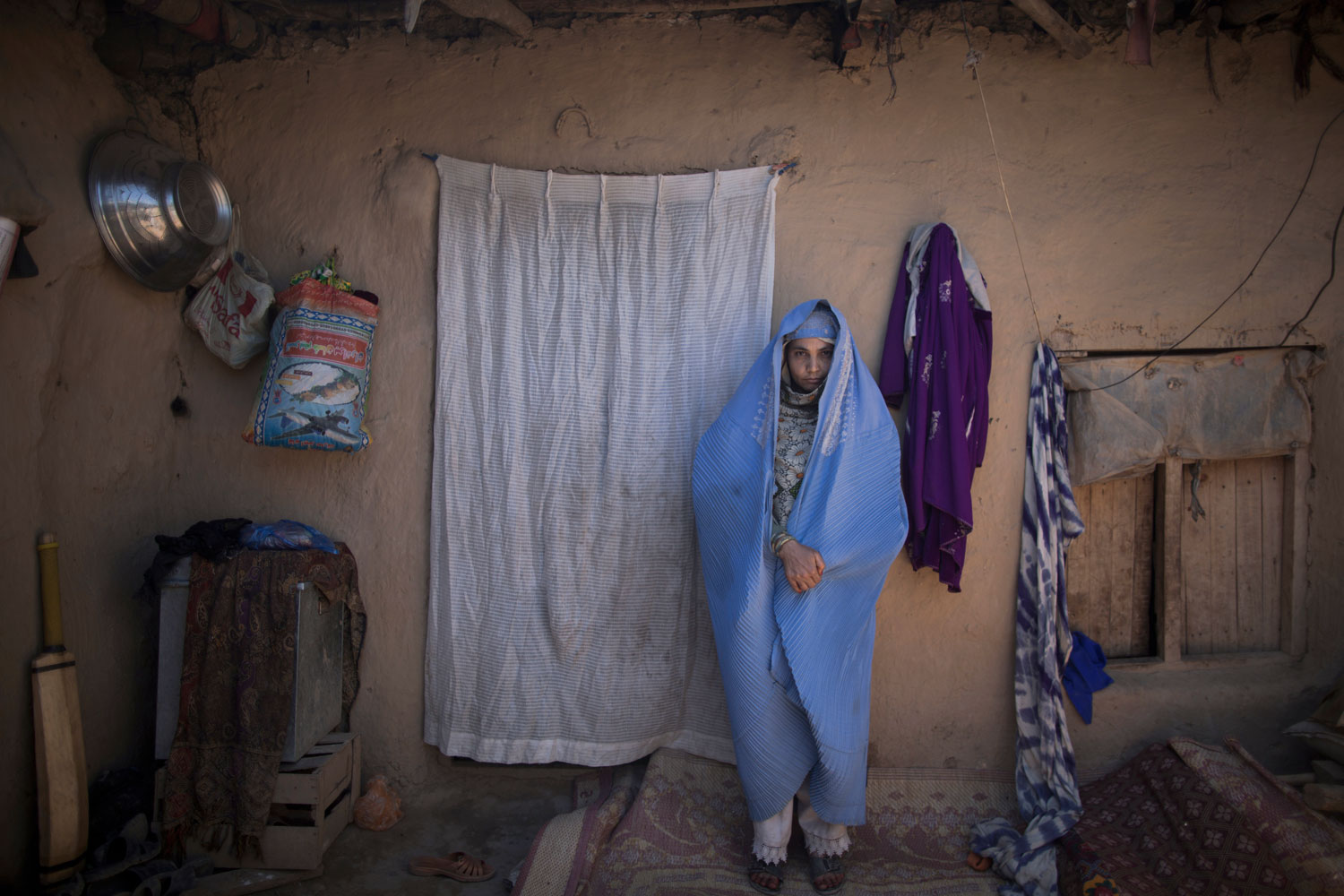

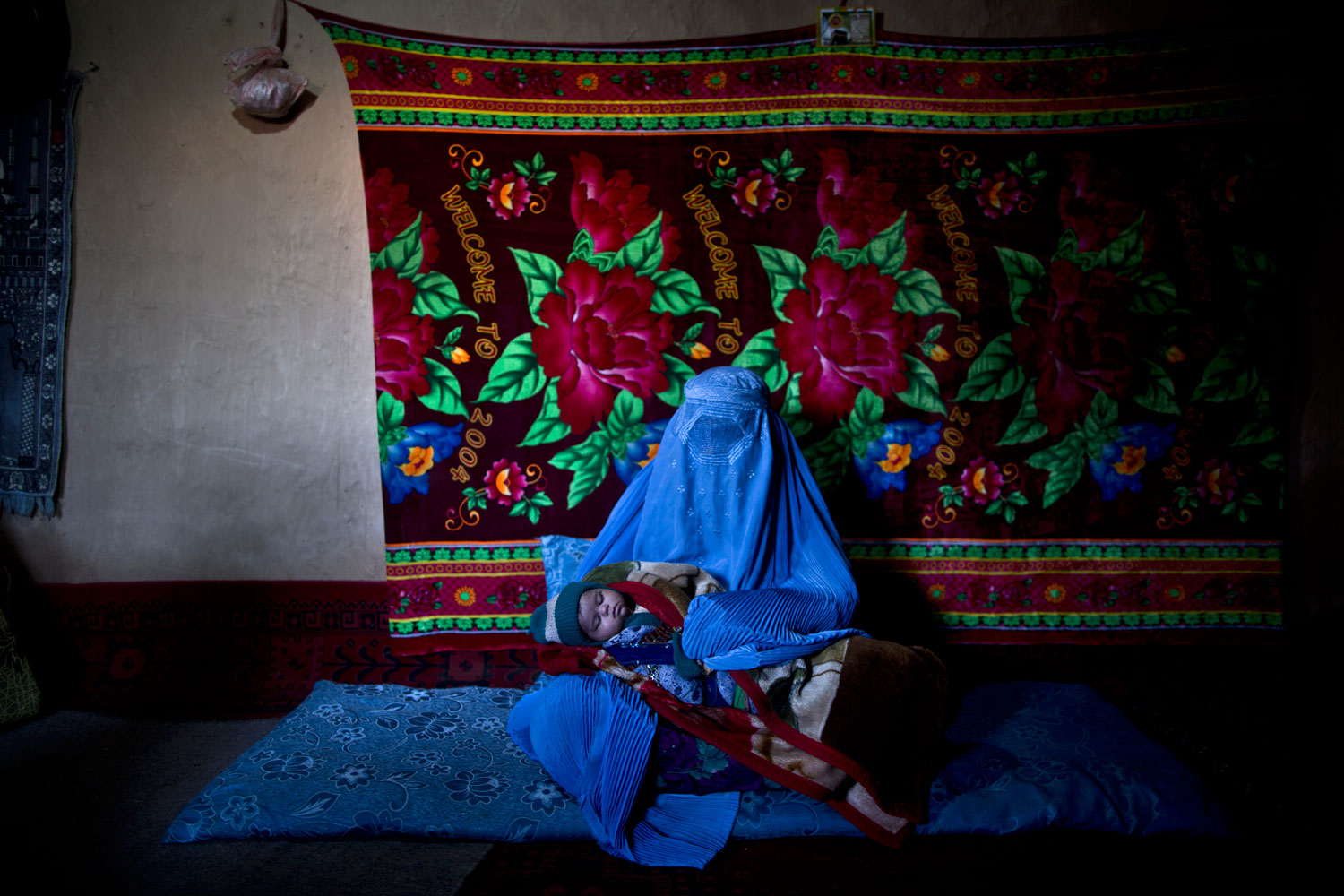
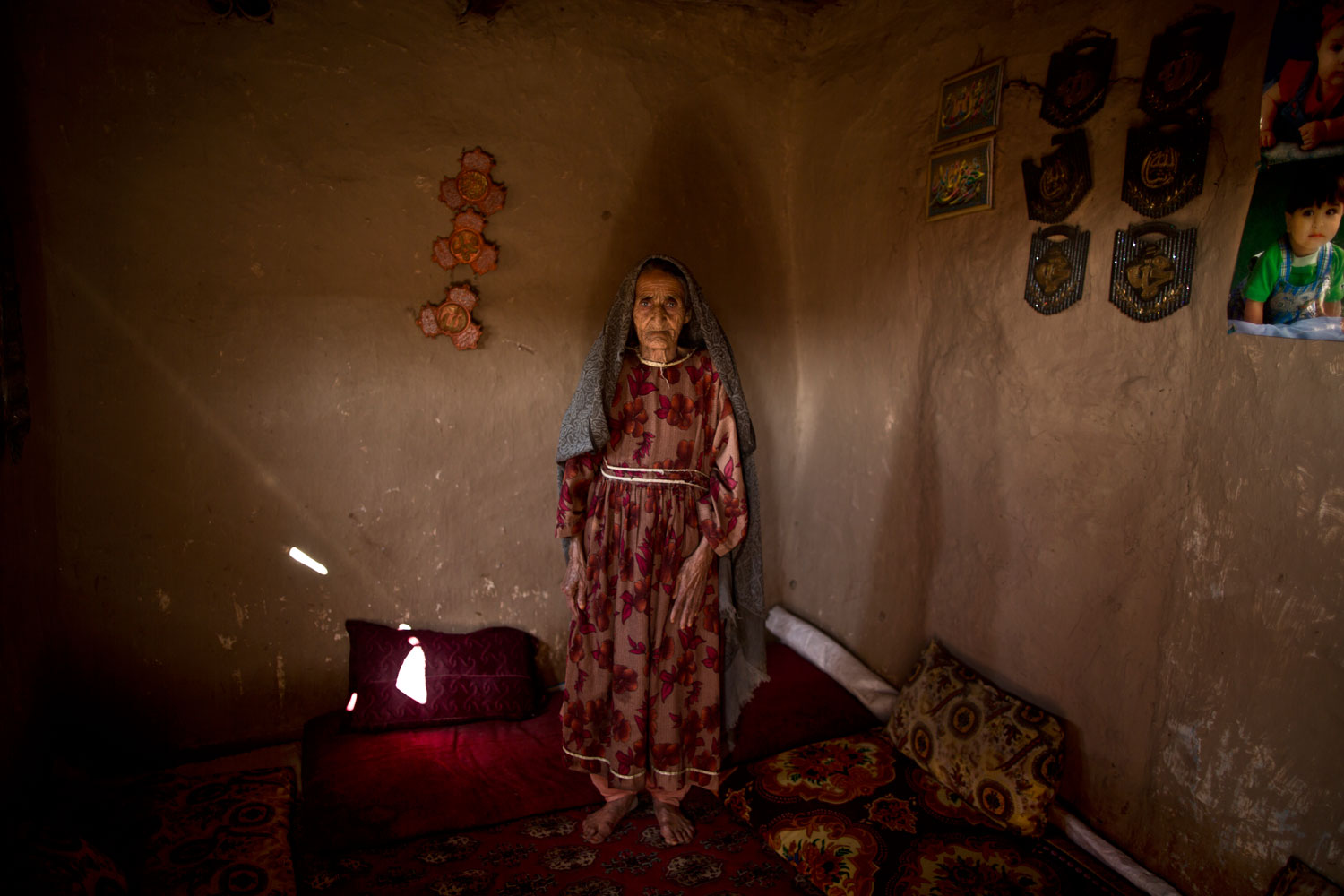

More Must-Reads From TIME
- The 100 Most Influential People of 2024
- The Revolution of Yulia Navalnaya
- 6 Compliments That Land Every Time
- What's the Deal With the Bitcoin Halving?
- If You're Dating Right Now , You're Brave: Column
- The AI That Could Heal a Divided Internet
- Fallout Is a Brilliant Model for the Future of Video Game Adaptations
- Want Weekly Recs on What to Watch, Read, and More? Sign Up for Worth Your Time
Write to Mia Tramz at mia.tramz@time.com